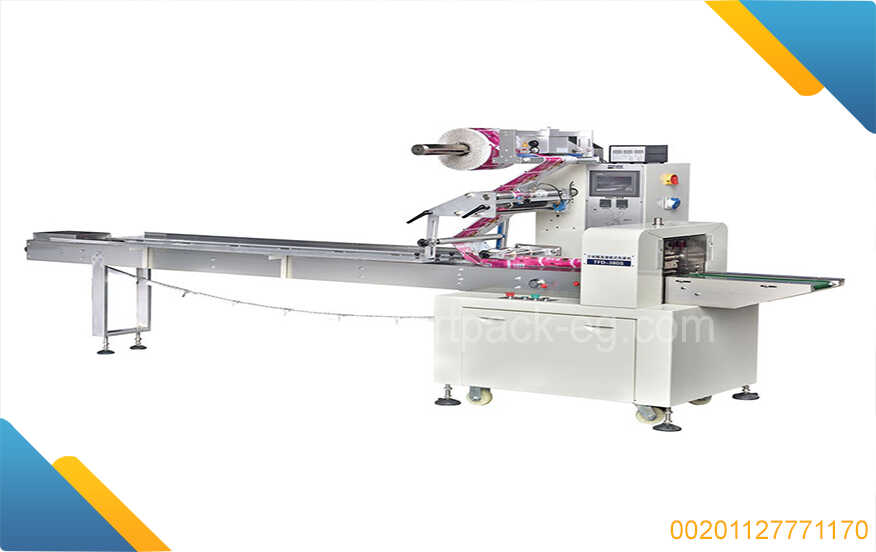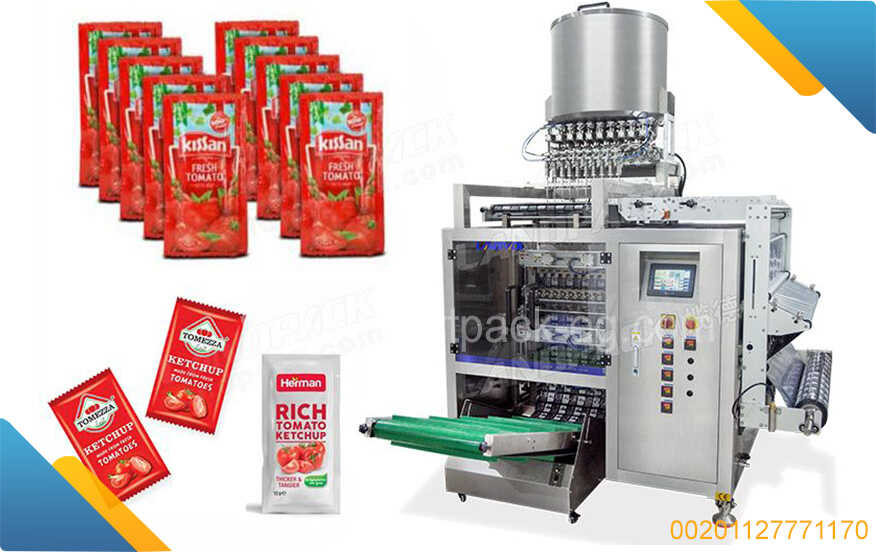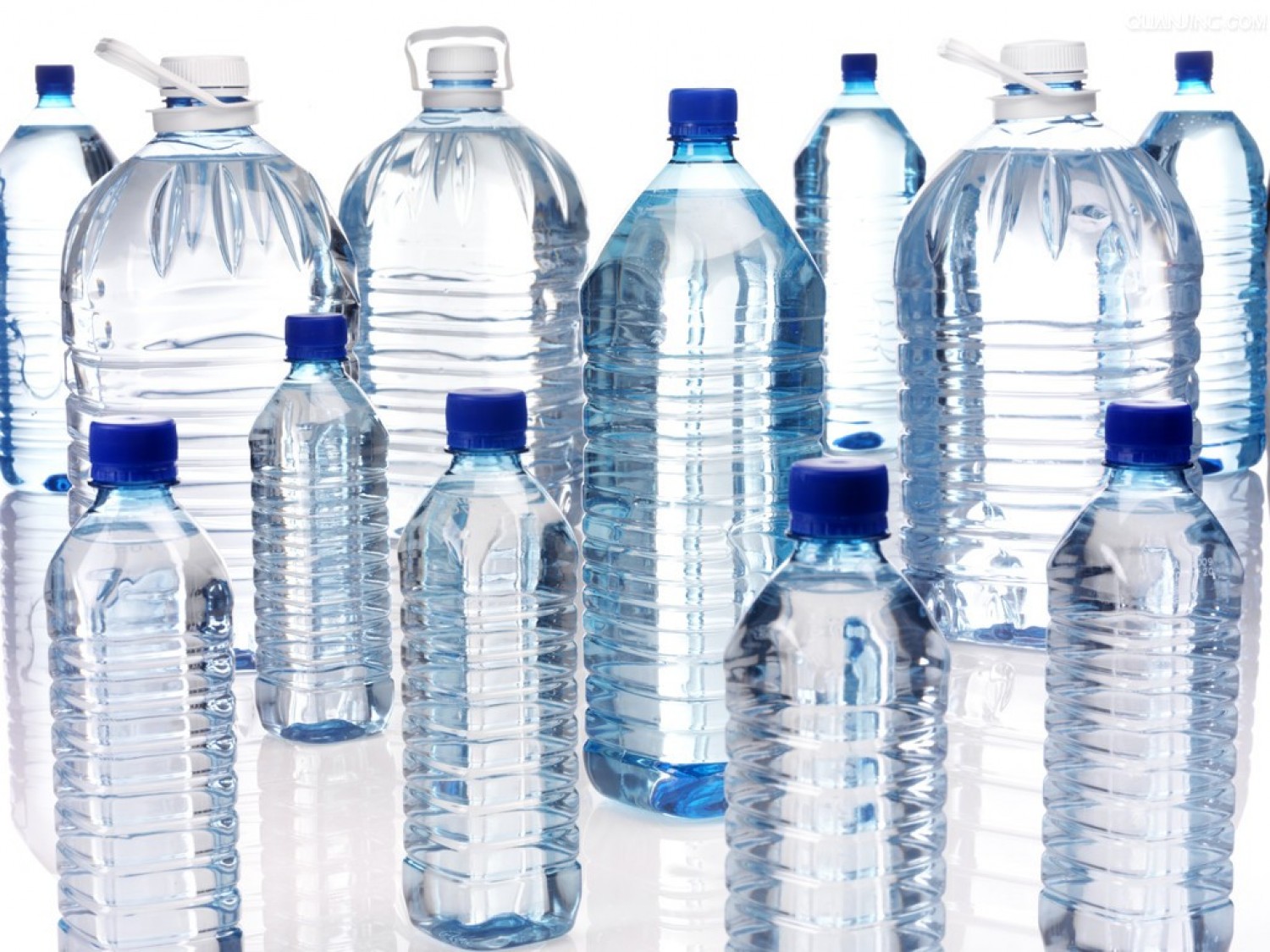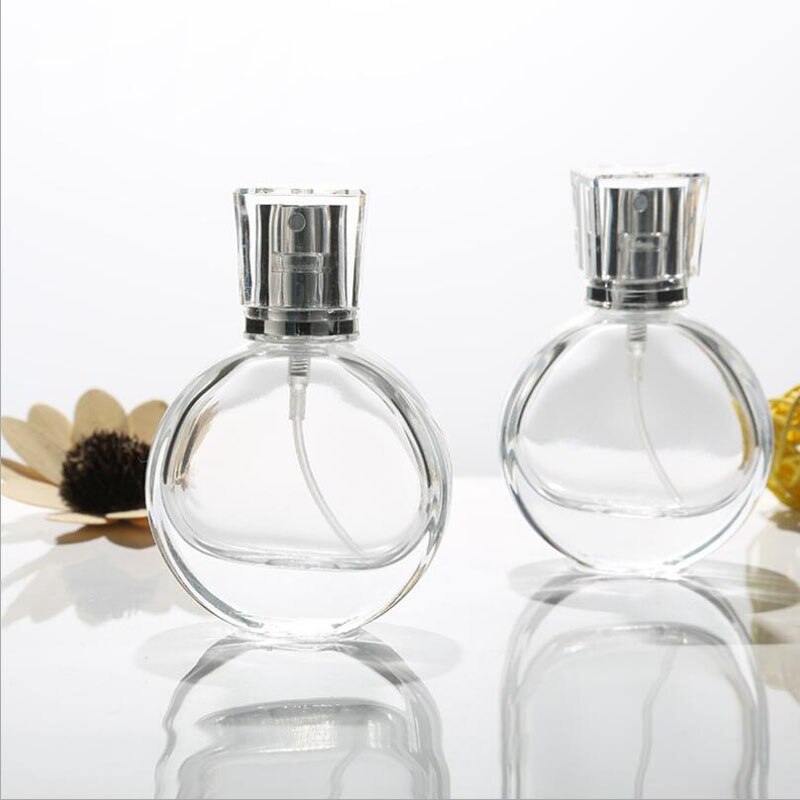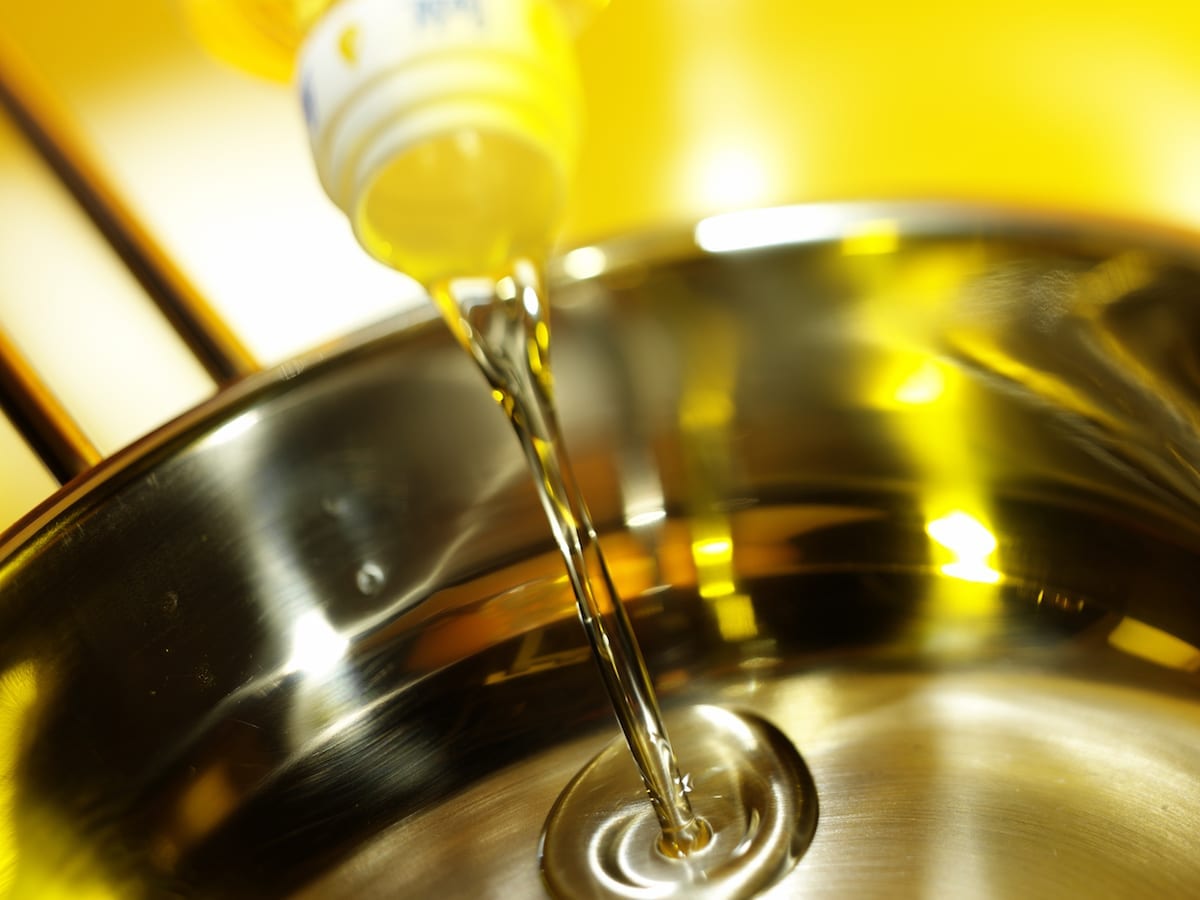How To Guide: Understanding the Ingredients in Washing Powder
Hello there! Have you ever wondered what goes into your washing powder? With so many options on the market, it's important to understand the ingredients in order to make informed choices. In this guide, we'll delve into the key components found in washing powders, their functions, and what to consider when shopping for them.
-
Surfactants:
Surfactants are the main cleaning agents in washing powders. They work by reducing the surface tension of water, allowing it to penetrate fabric and lift off dirt and stains. Common types of surfactants found in washing powders include anionic, cationic, and non-ionic surfactants. -
Builders:
Builders, such as sodium carbonate and sodium phosphate, enhance cleaning effectiveness by softening water and removing mineral deposits. They also help to prevent the redeposition of dirt and keep fabrics looking cleaner after each wash. -
Enzymes:
Enzymes, such as amylase, protease, and lipase, are naturally occurring substances that break down specific types of stains, like starches, proteins, and oils, respectively. Including enzymes in washing powders boosts their stain-removing power, particularly against tough and stubborn stains. -
Optical Brighteners:
Optical brighteners, also known as fluorescent whitening agents, are additives that absorb ultraviolet light and emit it as visible blue light. They help to make fabrics appear brighter and whiter by counteracting the yellowish tinge that can develop over time. -
Fragrances:
Fragrances are commonly added to washing powders to provide a fresh scent to your laundry. However, it's important to note that some people may be sensitive or allergic to certain fragrance ingredients. Fragrance-free options are available for those with allergies or sensitivities. -
Bleaching Agents:
Bleaching agents, such as sodium perborate or hydrogen peroxide, are included in some washing powders to remove tough stains and brighten fabrics. They are particularly effective against stains caused by coffee, tea, wine, or fruit juices. However, they may not be suitable for all fabrics, so it's important to read the care labels before using them. -
Anti-redeposition Agents:
Anti-redeposition agents prevent dirt and stains from settling back onto fabrics during the washing process. They help to keep your clothes looking cleaner and prevent graying or dullness. -
Fillers:
Fillers are added to washing powders to improve their appearance, bulk, and flow characteristics. These substances, usually inert, do not provide any cleaning benefits but help in the manufacturing process.
When shopping for washing powders, it's important to consider your specific needs and preferences. Factors such as fabric sensitivity, fragrance preference, environmental impact, and packaging should be taken into account. Always follow the manufacturer's instructions on the packaging for optimal results and to ensure the longevity of your clothes.
Remember, understanding the ingredients in washing powders empowers you to make informed decisions and choose the most suitable option for your laundry needs. Happy washing!

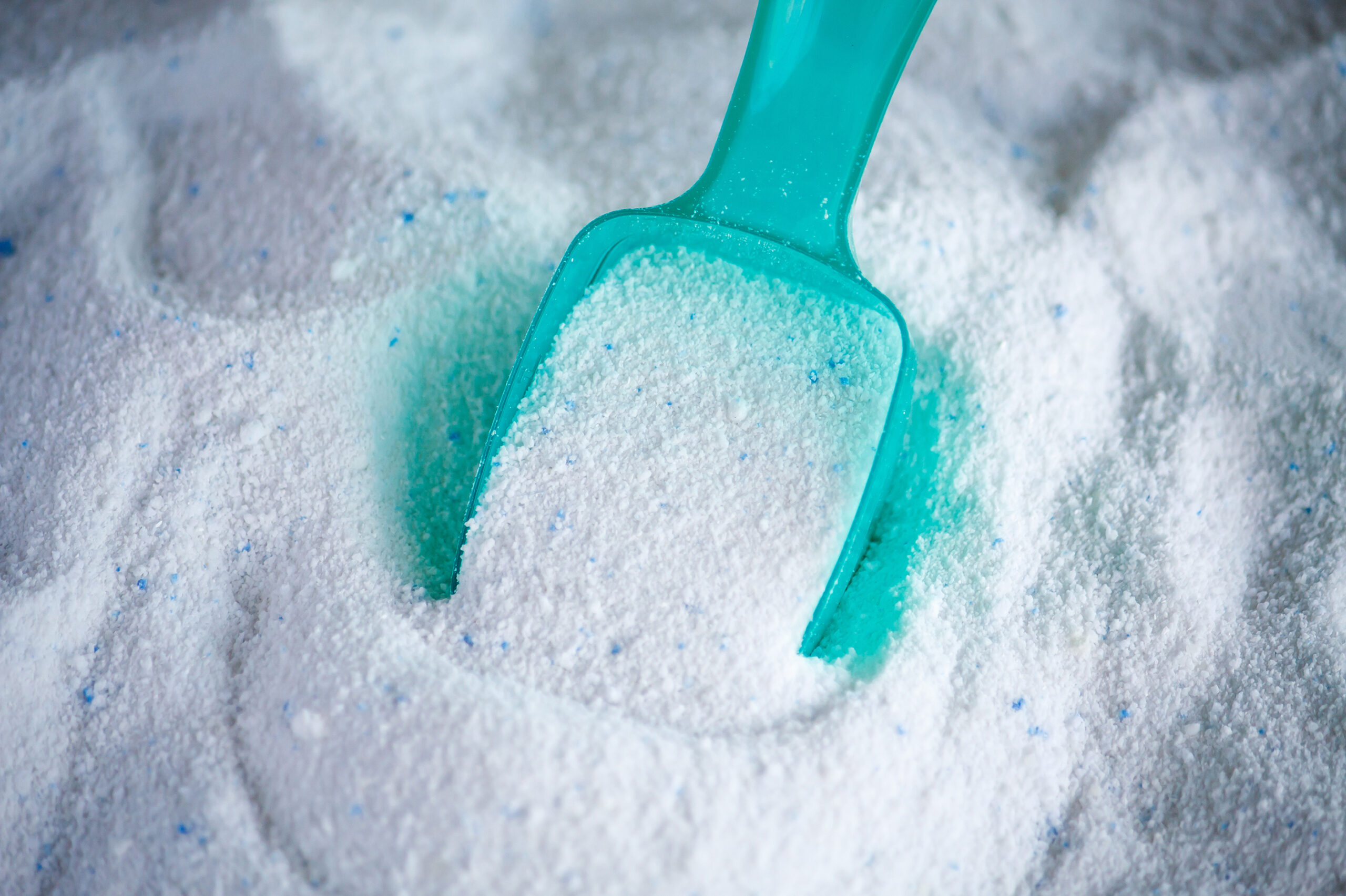
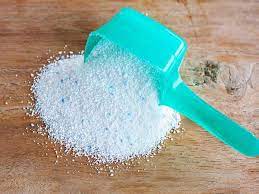
 Admin
Admin 

